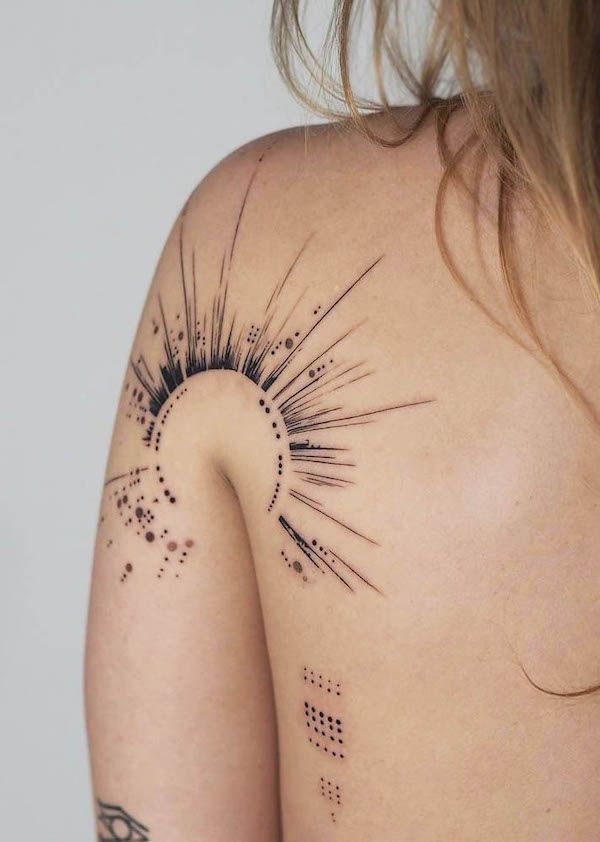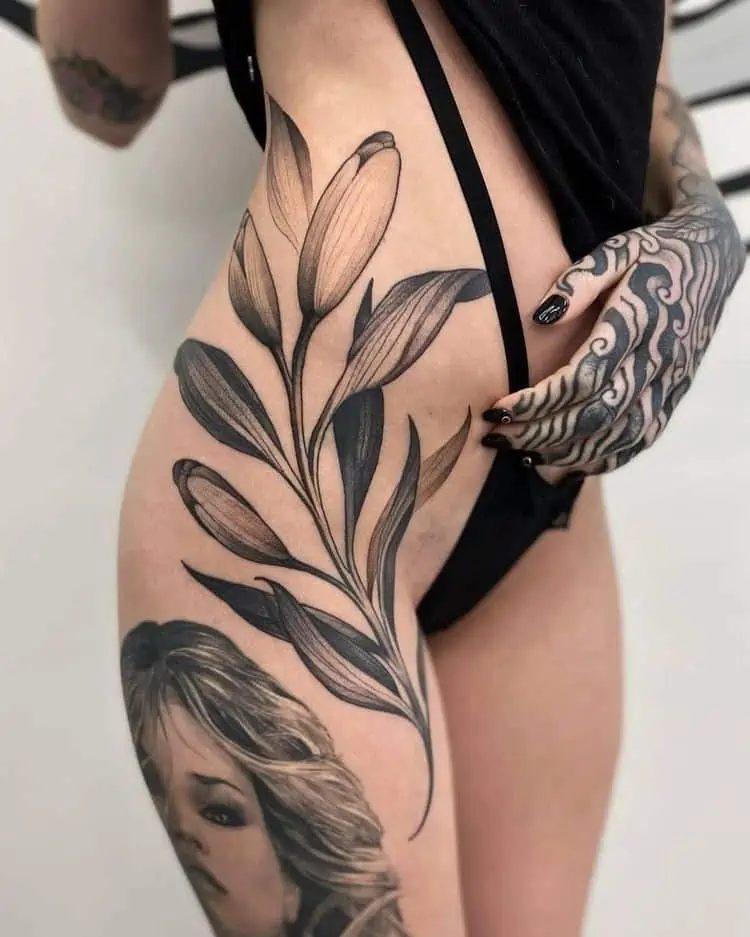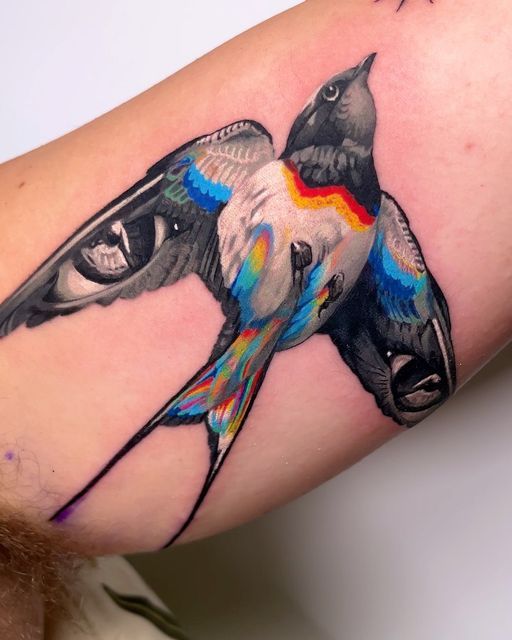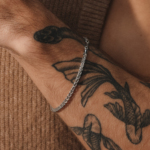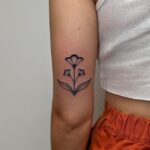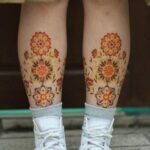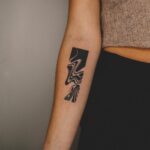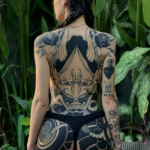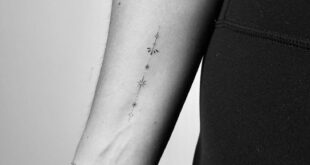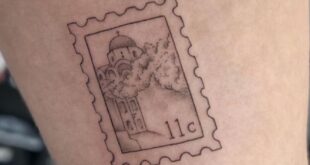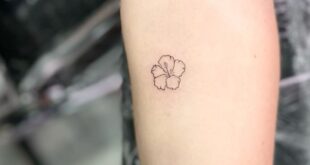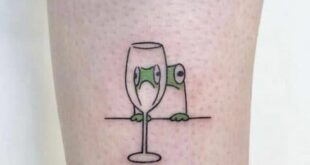Tattoos have been a form of self-expression and art for centuries, with various styles emerging and evolving over time. From traditional designs to modern techniques, there are countless options for individuals looking to get inked. Here are some popular tattoo styles that have stood the test of time:
1. Traditional: Traditional tattoos, also known as old school tattoos, are characterized by bold black outlines and a limited color palette of red, yellow, green, and blue. These designs typically feature classic imagery such as anchors, swallows, roses, and skulls, and are inspired by sailors and early tattoo pioneers.
2. Realism: Realism tattoos aim to create lifelike representations of objects, animals, or portraits. Artists use shading and detailing techniques to make the tattoo look as realistic as possible, often resembling a photograph. This style requires a high level of skill and precision to capture intricate details and textures accurately.
3. Neo-Traditional: Neo-traditional tattoos put a modern twist on traditional designs by incorporating elements of realism and illustrative techniques. These tattoos often feature vibrant colors, elaborate linework, and a mix of traditional and contemporary subject matter. This style allows for creative reinterpretations of classic imagery while still retaining the essence of traditional tattoos.
4. Watercolor: Watercolor tattoos mimic the appearance of watercolor paintings, with soft washes of color blending seamlessly into one another. These tattoos often lack black outlines, giving them a dreamy and ethereal quality. Watercolor tattoos are known for their artistic and fluid nature, creating a unique and abstract look on the skin.
5. Blackwork: Blackwork tattoos rely solely on black ink to create intricate and bold designs. This style often features geometric patterns, mandalas, and tribal motifs, using negative space and shading to add depth and dimension. Blackwork tattoos tend to have a dramatic and graphic aesthetic, standing out against the skin with their striking contrast.
6. Japanese: Japanese tattoos, also known as Irezumi, are characterized by intricate designs, vibrant colors, and traditional motifs such as dragons, koi fish, and cherry blossoms. These tattoos often tell a story or symbolize specific meanings, reflecting elements of Japanese culture and mythology. Japanese tattoos are highly detailed and require a skilled artist with a deep understanding of the art form.
Whether you prefer classic designs or more modern interpretations, there is a tattoo style to suit every individual’s taste and personality. Ultimately, the most important thing is to find a talented and experienced artist who can bring your vision to life and create a tattoo that you will love for years to come. So, do your research, explore different styles, and trust in the artistry of a skilled tattooist to create a masterpiece on your skin.
 innstyled Tattoo Ideas
innstyled Tattoo Ideas
